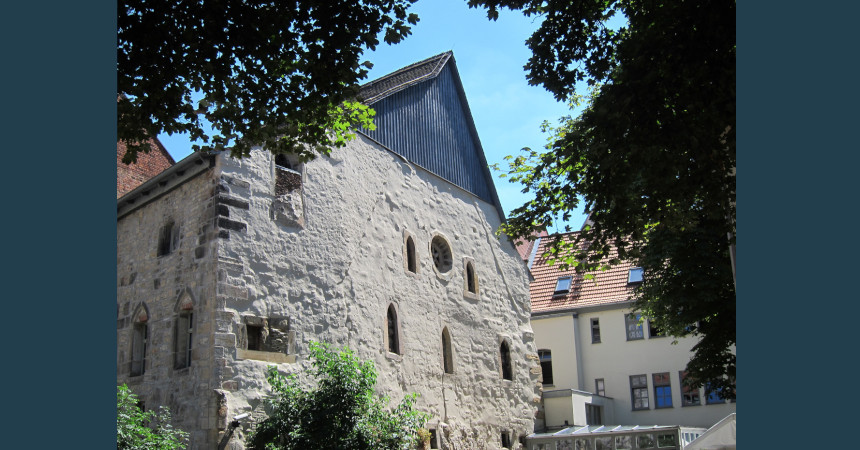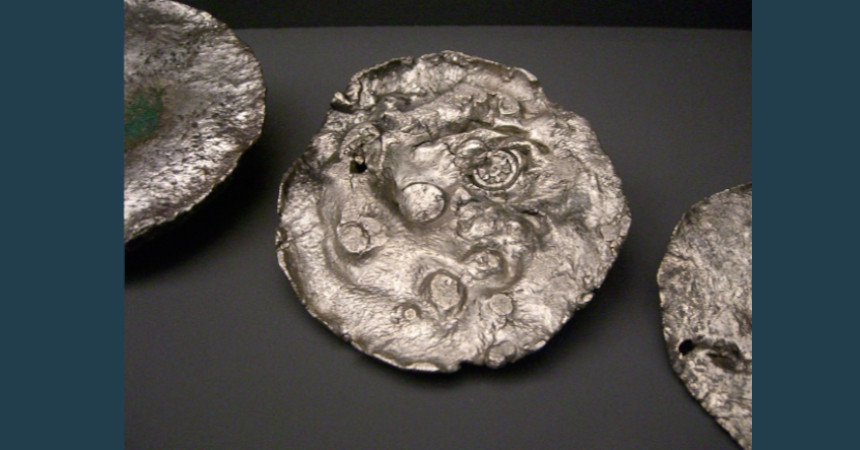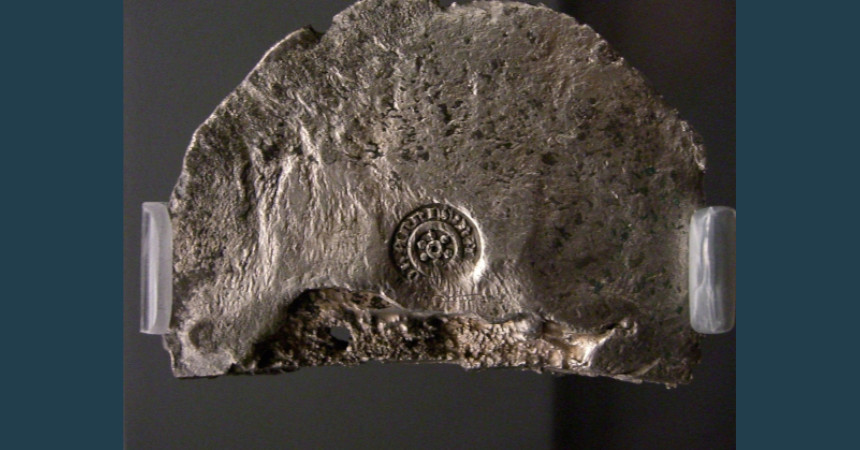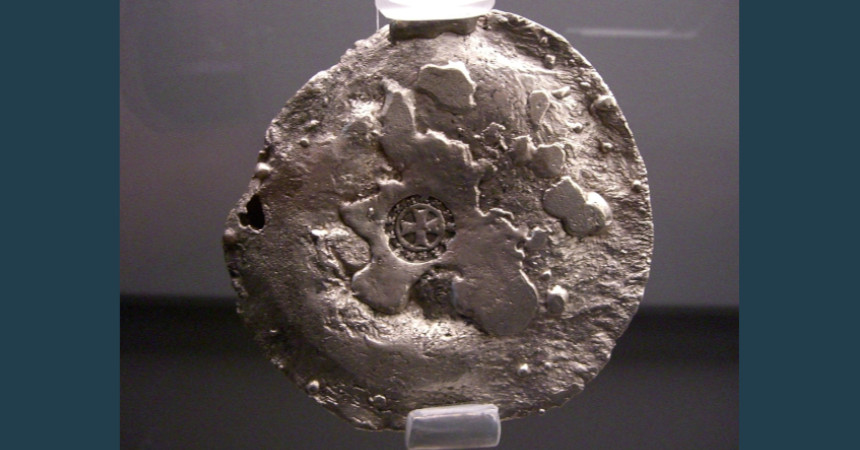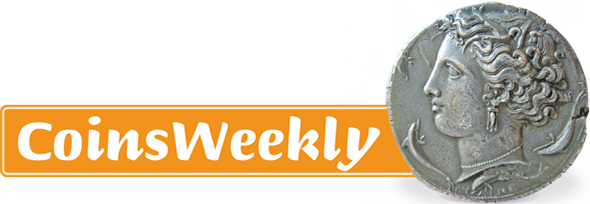The “Erfurt Treasure” in the Old Synagogue
Wenn es kein Logo gibt, wird diese Spalte einfach leer gelassen. Das Bild oben bitte löschen.
(Dieser Text wird nicht dargestellt.)
Museum Alte Synagoge Erfurt
Waagegasse 8,
99084 Erfurt
Phone: 0(49) 361 655 1520
Opening hours:
Tuesday to Sunday 10:00 a.m. – 6:00 p.m. (free admission on the first Tuesday of the month)
See also Museum digital Thuringia.
“The Old Synagogue, with its oldest parts dating back to the 11th century, is the oldest synagogue in Central Europe that has been preserved up to the roof. An extraordinary museum was built here in 2009 and a place was created where medieval material evidence of the Jewish community of Erfurt is accessible to the public. Together with the documentation of the construction history of the synagogue itself, they are intended to shed light on the history of the Erfurt community, which held an outstanding position in Europe in the Middle Ages.
The exhibition in the Old Synagogue illustrates the history of Erfurt’s first Jewish community. Gravestones from the destroyed medieval cemetery can be seen in the courtyard. The construction history of the synagogue is the topic on the ground floor. The basement houses the treasure found near the synagogue, which a Jew buried during the pogrom of 1349. The Erfurt Hebrew manuscripts are the subject of the upper floor.” (Source: Jüdisches Leben Erfurt).
The website of the Erfurt City History Museums states the following about the Erfurt treasure:
“The so-called Erfurt treasure, which was most likely buried during the pogrom of 1349, is on display in the basement of the Old Synagogue – a unique find in terms of size and composition. It was discovered in 1998, shortly before the completion of archaeological investigations, under the wall of a cellar entrance on the property at Michaelisstrasse 43, not far from the Old Synagogue.
The treasure has a total weight of almost 30 kilograms. At around 24 kilograms, 3,141 silver coins and 14 silver bars of various sizes and weights make up the largest part in terms of quantity. The find also contained more than 700 individual pieces of Gothic goldsmithing, some of which were of excellent quality.
This is an ensemble of silver tableware, consisting of a set of eight cups, a jug, a drinking bowl and a double head. Of particular note in terms of jewelry are eight brooches of various sizes and shapes, some of which are lavishly set with stones, as well as eight rings made of gold and silver. Smaller objects such as belt parts and garment trimmings make up the largest part of the goldsmithing work.
The most important object in the treasure is a Jewish wedding ring from the second quarter of the 14th century. It is particularly impressive due to the outstanding craftsmanship with which the Gothic miniature architecture is made of pure gold.
Compared with other works of goldsmithing and comparable trades, and taking contemporary images into account, the goldsmithing work in the Erfurt treasure can be dated to the end of the 13th century and the first half of the 14th century.
Although the Gothic period was a particularly ornamental era in which men and women liked to show off their wealth with numerous pieces of jewelry, and silver tableware was not uncommon, secular goldsmithing work has hardly survived. They were judged primarily by the value of the material; in addition to their actual function, they also represented an investment. Therefore, they were moved, sold or melted down when necessary. In addition, rapidly changing fashions meant that “old-fashioned” objects were reworked into new, more modern pieces of jewelry.
The Erfurt treasure trove is therefore unique. It has already been exhibited in Paris, New York and London and has been on permanent display in the Old Synagogue since 2009.” (Source: Jüdisches Leben Erfurt)
And on May 24, 2007, on the occasion of the presentation of the find in Paris, Deutschlandfunk said:
“The moth-eaten cloth that was discovered under the cellar stairs in Erfurt also contained three thousand French silver coins and several silver bars. With this capital, the Jewish owner belonged to at least the upper middle class of the city. The researchers believe that it is the business assets of a successful long-distance trader – Erfurt’s prosperity was based on long-distance trade in the Middle Ages. It can be assumed that not all of the treasure was family property. Some of the precious pieces, which were so lovingly designed in the taste of the time, should perhaps be sold.” (Source: Deutschlandfunk)
Text: Sturm, Erfurter Münzfreunde e.V.







